Black Lace™ elderberry (Sambucus nigra ‘Eva’) is a great black-leaved shrub for full sun. The plant was bred Ken Tobutt and Jacqui Prevette of East Malling Research Station in Kent, England from European elderberry cultivars. Black Lace™ elderberry is marketed under the Proven Winners® brand.

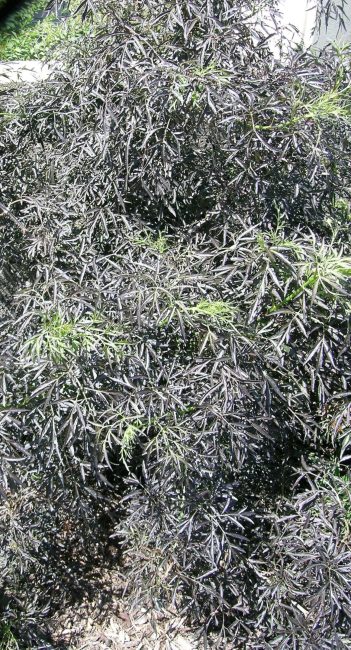
Our plant at the Dane County Extension Teaching Garden is about 10 years old. It is 8 feet tall and 5 feet wide, but we do prune it back each winter to about 5 feet tall, and if it is encroaching on neighboring shrubs, we similarly prune back the plant’s width. We also prune out any dead stems and thin the inside of the shrub so it gets good light penetration. It is a vigorous grower and will reach the same height and spread over the season. Unpruned, the plant can reach heights and widths of 6-10 feet in southern Wisconsin. The plant is hardy to -30°F, but there is often some die-back in harsh winters. It is tolerant of most soil conditions, though it prefers somewhat moist but well-drained soils.
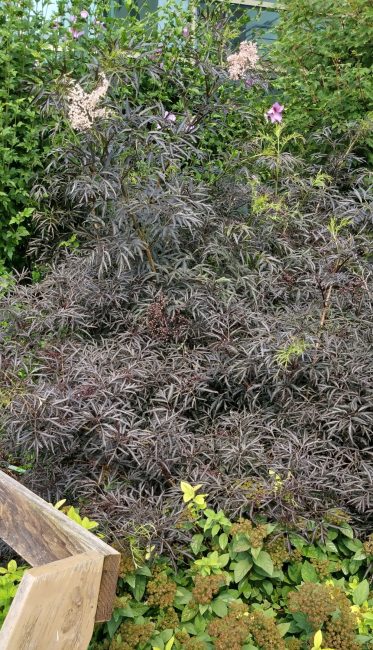
This shrub has its best leaf color in full sun; it tends to turn more of a bronze-purple in partial shade. The new growth is also most highly colored and vigorous, so some people cut the shrub back in late winter/early spring both to keep the shrub smaller in size and to keep it in its best color. The dark foliage contrasts extremely well with silver-leaved plants such as the annual dusty miller or perennial artemisia (wormwood) cultivars.
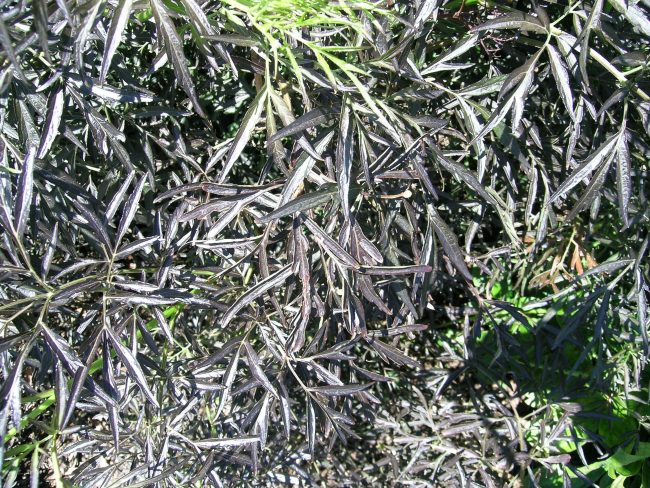
Another ornamental attribute of the plant is the flat-topped umbels of pink flowers in early to mid-June. The flowers fade to a light pinkish white as they age. Flowers are followed by black-bronze berries in July that can be used in making jam or elderberry wine if you can harvest them before the birds do. For best fruiting, if you are most interested in elderberry for that use, you should use two elderberry varieties. Fruiting is not heavy on this variety however, and other elderberry cultivars bred for fruit production would be better for this purpose, especially our native elderberry or its nativar varieties.
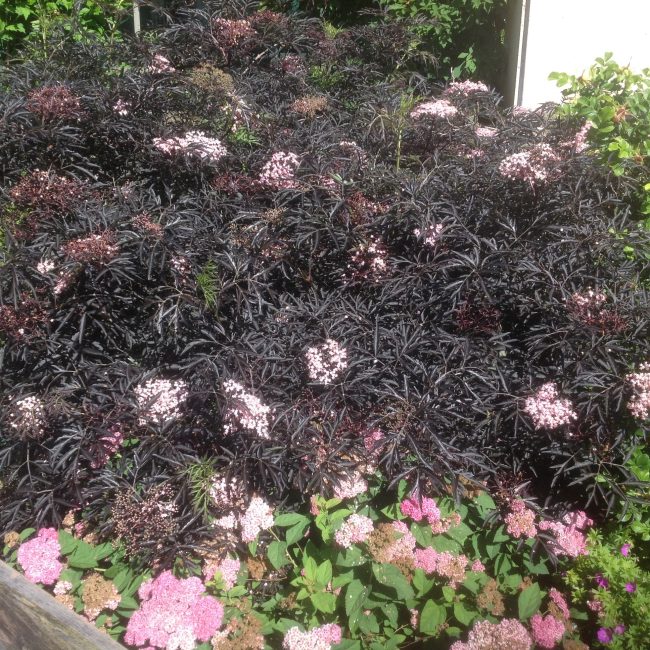
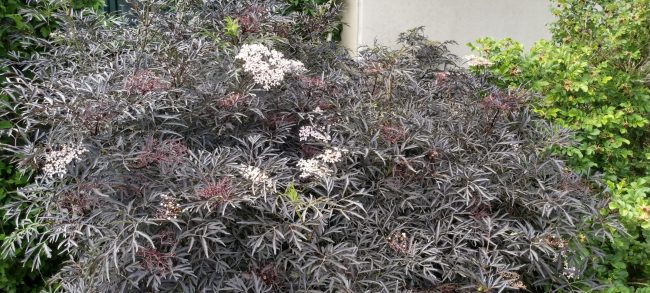
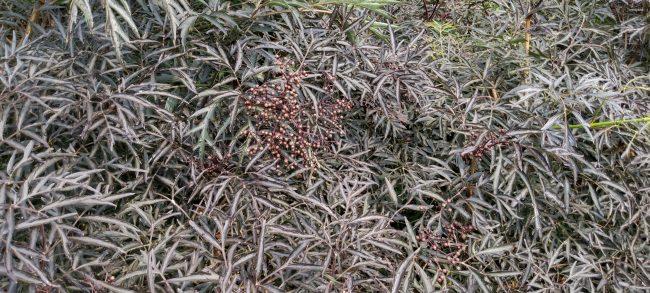
In habit, the plant is irregular and not for those who prefer their shrubs to grow in dense, tidy, round balls. It can be somewhat gawky-looking, especially as a young plant, but proper pruning encourages good structure. As previously mentioned, some people cut the plant back severely in dormancy or early spring to manage the size and encourage the darkest colored foliage to be produced. However, this can sometimes provoke an even more vigorous regrowth response, so you may want to prune less heavily in dormancy and then do it again after the leaves have fully expanded – but this may interfere with flowering if flowers are desired. The plant’s appearance is decidedly coarse in winter, so keep that in mind in siting your specimen. Black Lace™ elderberry is easy to grow and works well as a specimen plant or informal hedge.
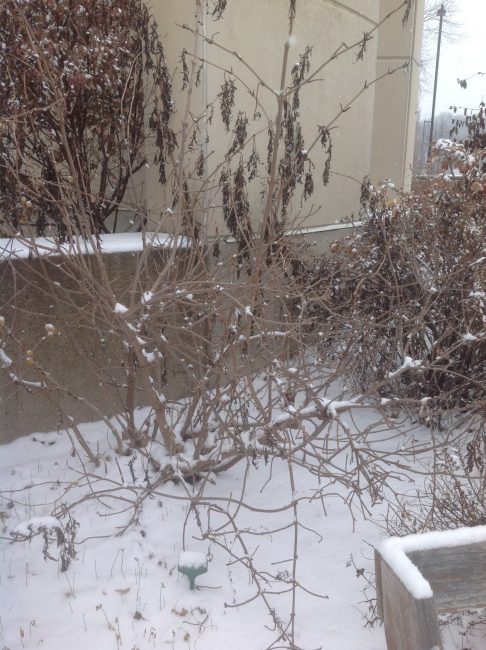
There are some other varieties of European elderberry that have been developed which have similar foliage and color but a different growth habit. If you need a narrower plant, Sambucus Black Tower™ grows to a similar height (if unpruned) but is only 3-4’ wide. The variety Laced Up™ is even more narrow and a little shorter.




